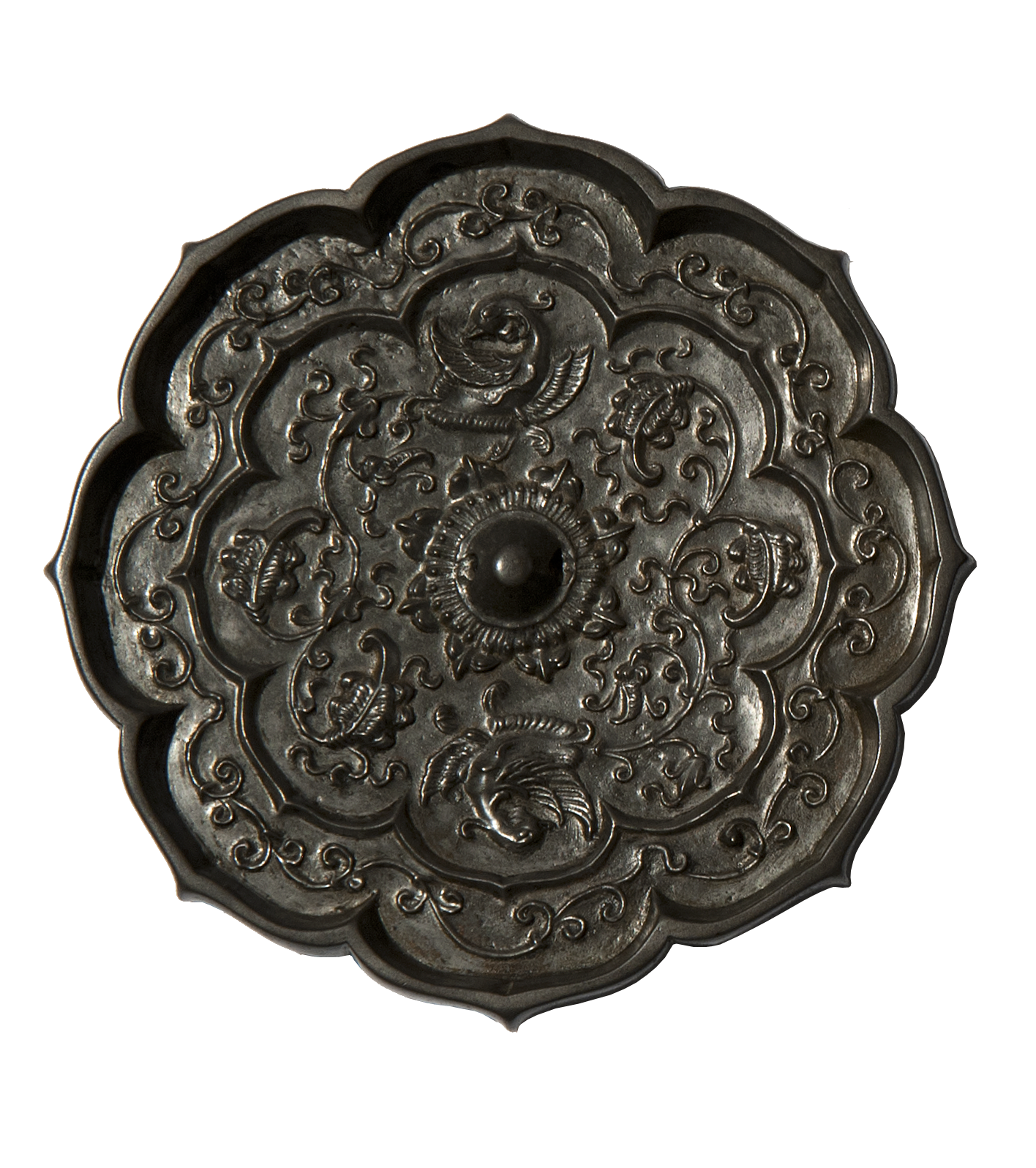
Click here to view image
Eight-lobed mirror with a pair of phoenixes and flowers
Cast bronze, traces of gilding - Ø 13.0, rim thickness 1.1
China, Tang period (618-907)

Click here to view image
Eight-lobed mirror with a pair of phoenixes and flowers
Cast bronze, traces of gilding - Ø 13.0, rim thickness 1.1
China, Tang period (618-907)

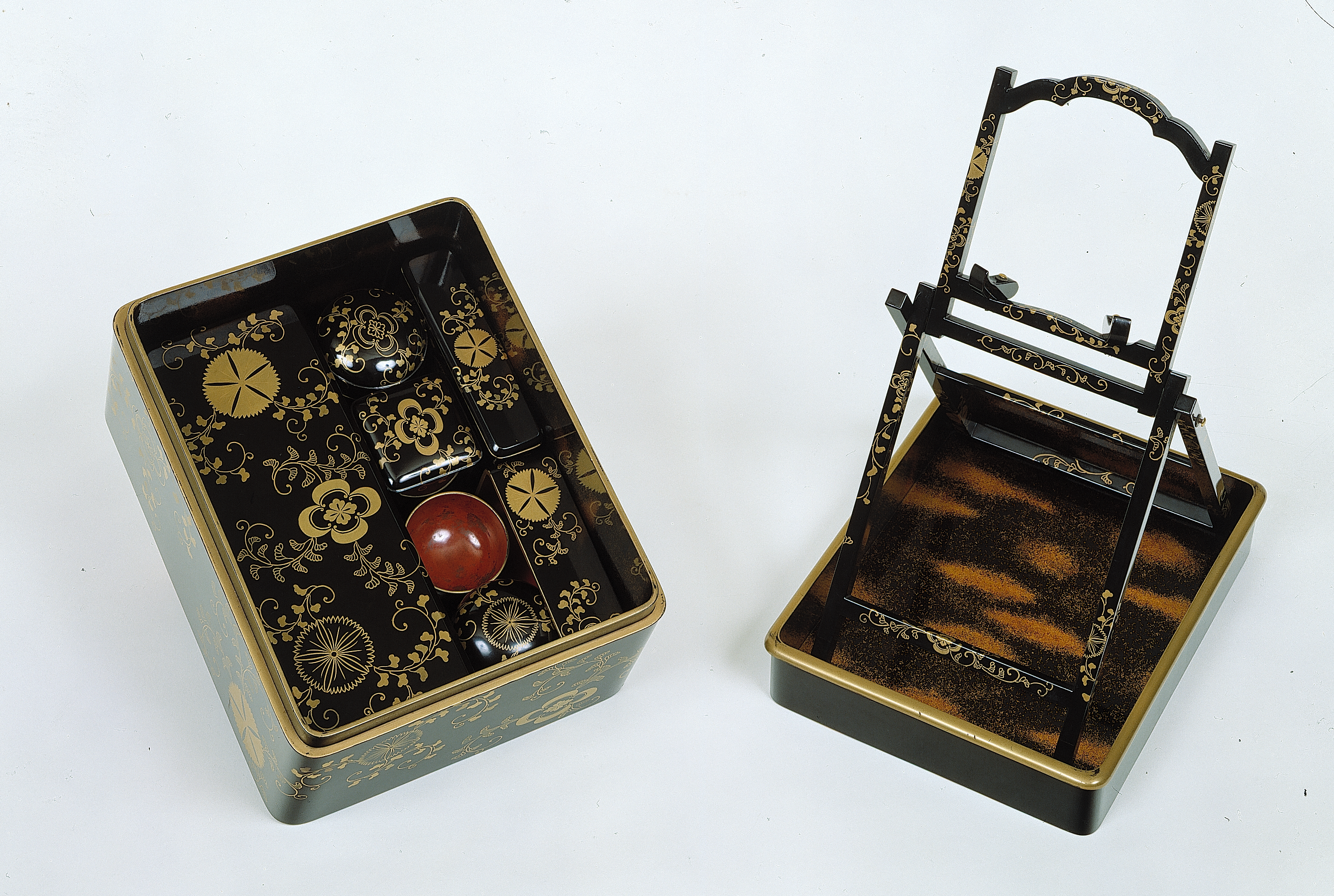
Click here to view image
travel toiletry box
Legno, lacca nera, makie. 13 x 23.8 x 18.8
Periodo Edo, seconda metà secolo XVIII
Component tools: Tray with upright sides - Mirror easel - Writing box with overlapping compartments - Combs holder - Comb with wide teeth - Comb with fine teeth - Tray for hair conditioner - Jar for hair oil - Perfume box - Box for dust


Click here to view image
Section Aboriginal Archives in Italy (2)
museum set-up

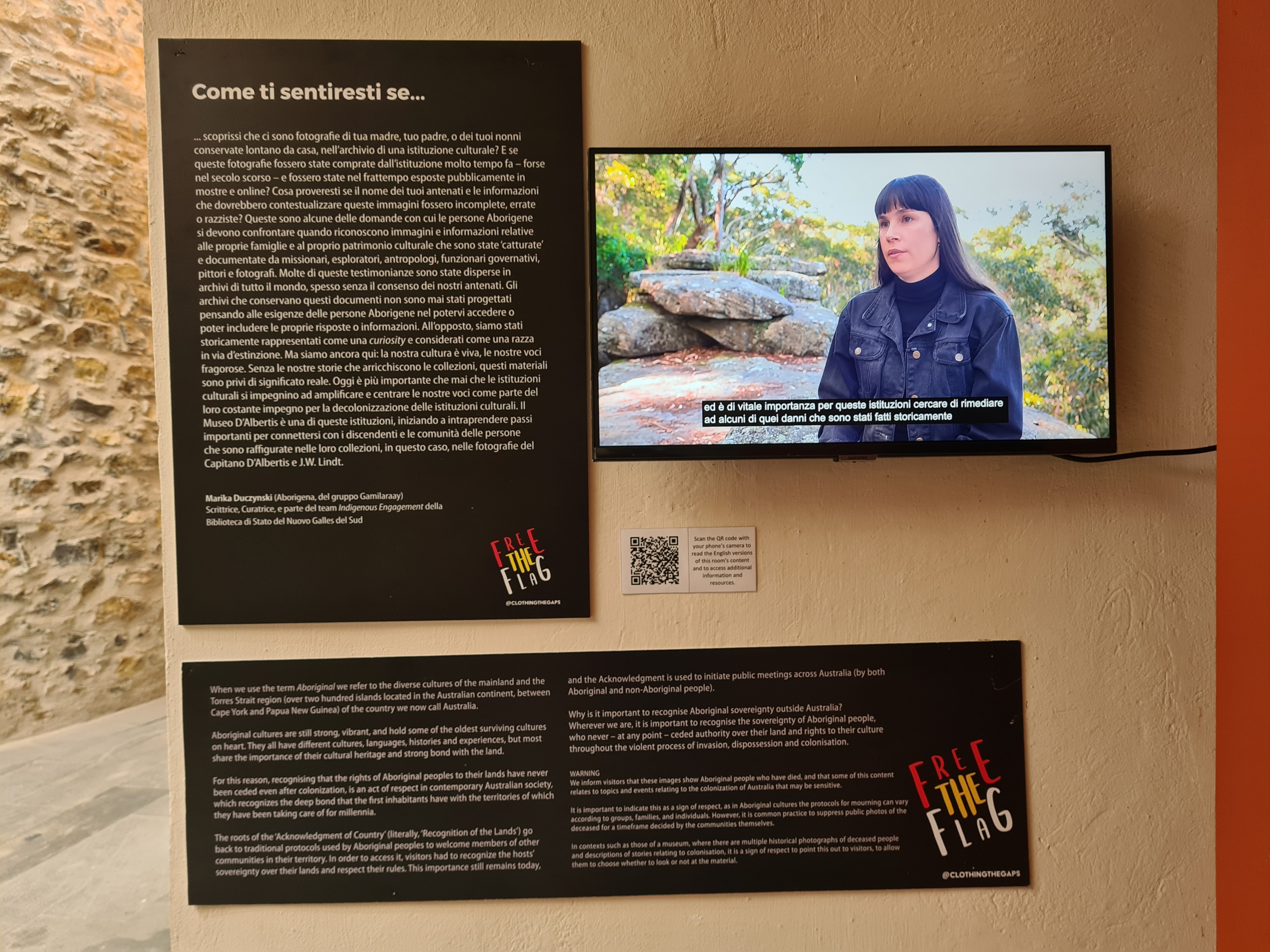
Click here to view image
Section Aboriginal Archives in Italy (3)
museum set-up

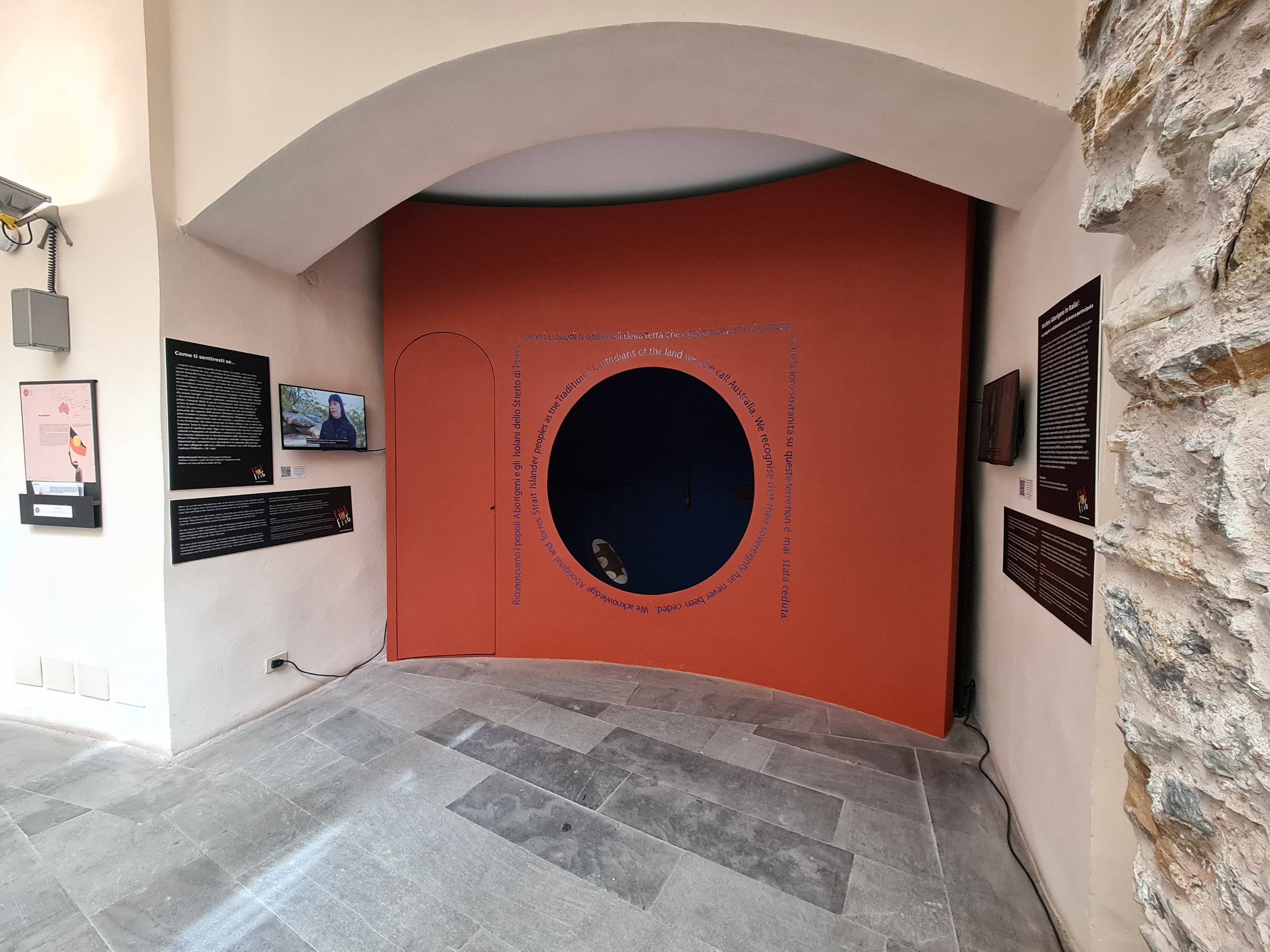
Click here to view image
Section Aboriginal Archives in Italy (1)
museum set-up

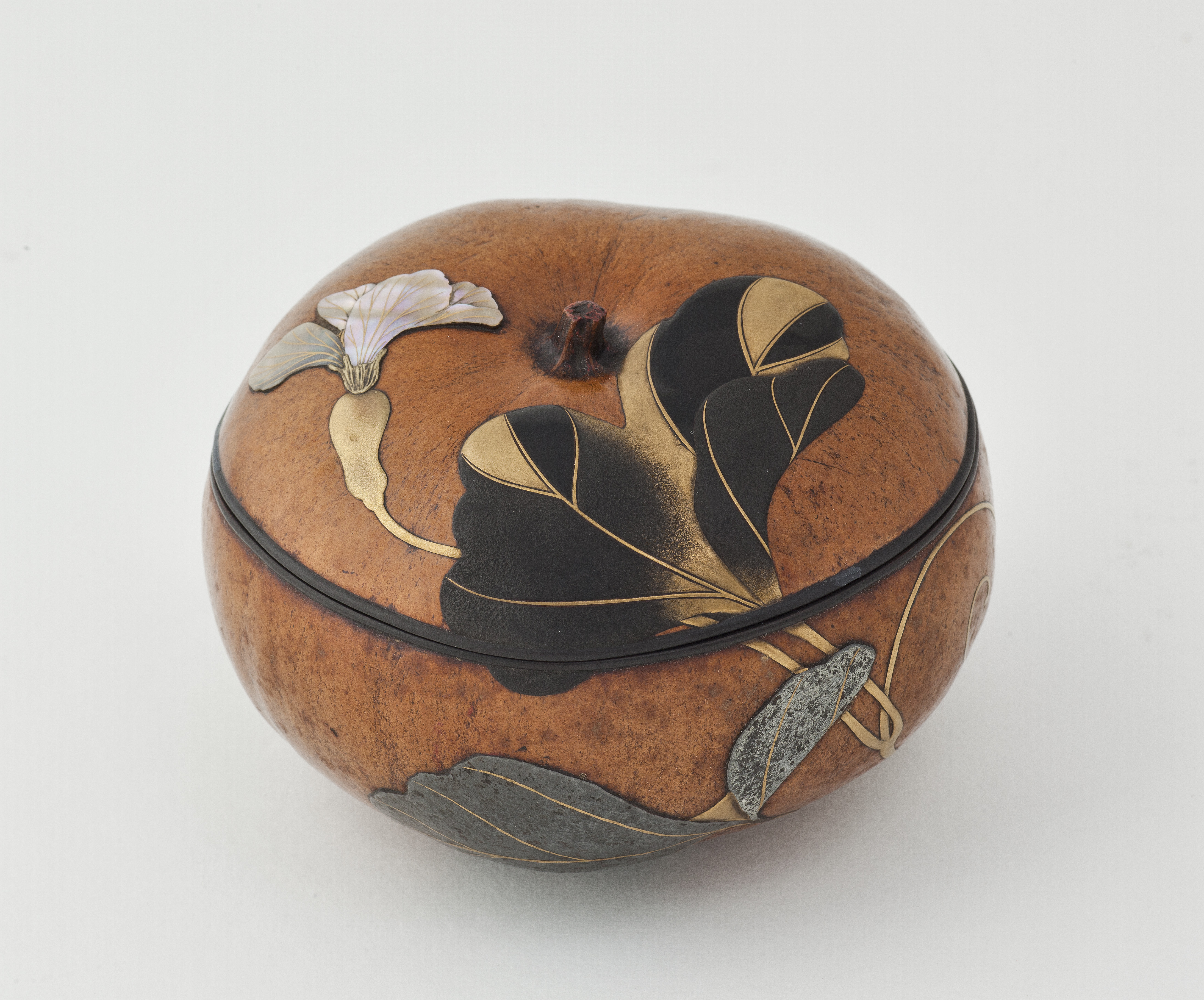
Click here to view image
Ikeda Taishin, Japan, Period Meiji (around 1891-98)
Esocarpo di zucca decorticato ed essiccato, laccato a rilievo (kiji-takamakie): lacca nera opaca, lucida e granulata (ishime), lacca ad imitazione lamina di peltro e stagno, atsugai, tsukegaki (esterno) – lacca nera opaca (interno); a. 8,5 Ø max 11,5 cm
In storage (inv.no. L-15)
Edoardo Chiossone Collection, testamentary bequest, 1898
furnishings
The pumpkin-shaped treat box was made to be employed during the tea ceremony by artist Ikeda Taishin (1825-1903), appointed Imperial Household Artist (Teishitsu Gigei-in帝室技芸員) in 1896.
It’s been made out of a pumpkin exocarp: the shell has been cut transversely so that it could be used as a lid, while the insides of the pumpkin have been emptied out, levigated and let dry. The decoration in relief on a natural wood background have been made using thick, carved mother of pearl, powder sprinkled with gold, shiny, opaque and granulated black lacquer (ishime), grey dry lacquer powder in two hues imitating inlays in pewter and tin foil. The design represents a fresh, intact pumpkin flower and two pumpkin leaves, one shiny and plump, the other brownish, rotten. The inside of the box is coated in black semi-matte black lacquer with a greasy, waxy look.

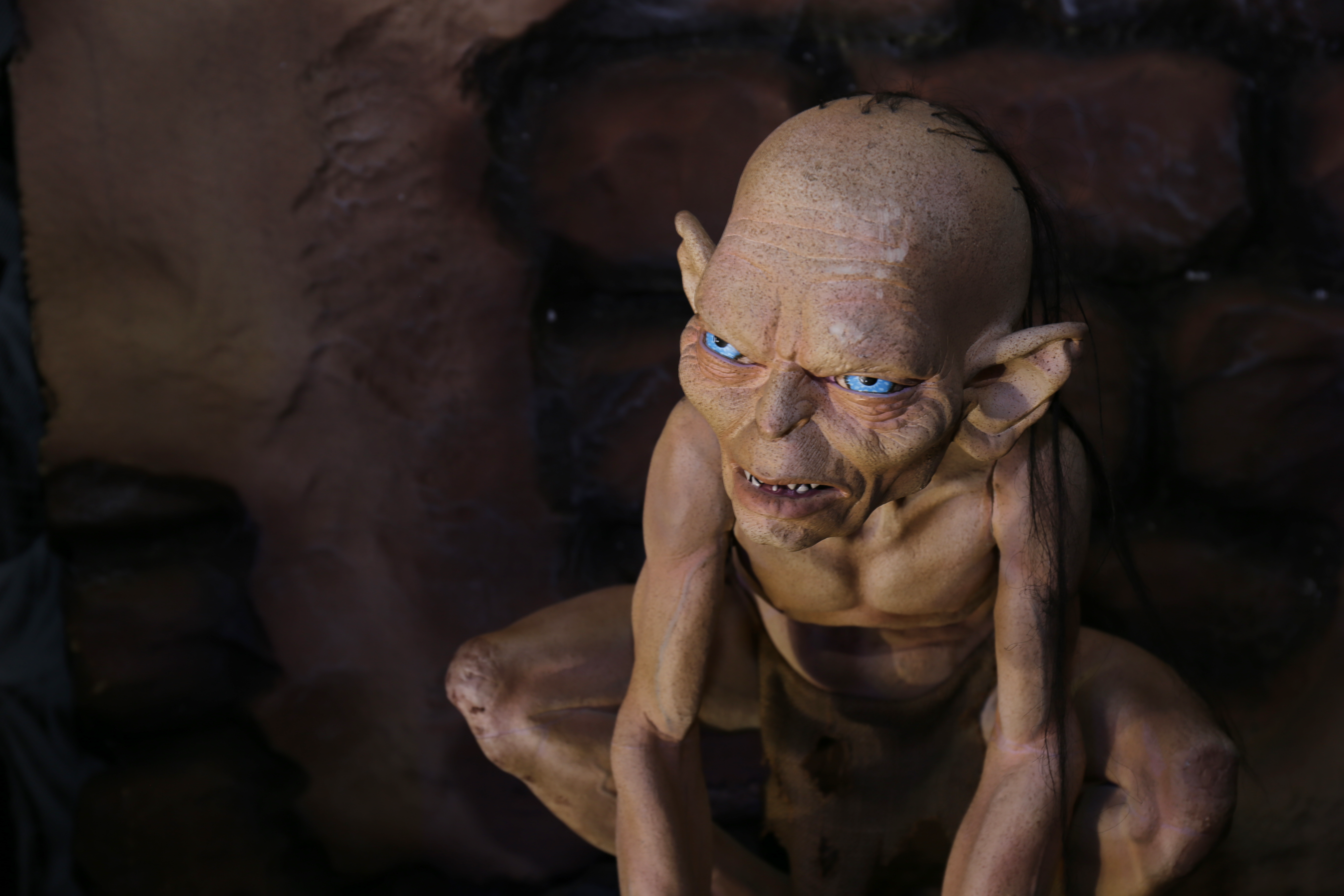
Click here to view image
Gollum from The Lord of The Rings
Life-size statue used at the presentation of the first episode
Gollum is one of the most loved and hated characters of Middle-Earth, created by the writer J.R.R. Tolkien in the ‘50s of the last century. In “The Hobbit”, the novel written before “The Lord of The Rings”, he wasn’t one of the main characters. Tolkien must have understood his potential because, in his best-known novel, he not only gave him a starring role, but he became part of Fantasy history. Gollum appears in several films and radio adaptations of “The Lord of The Rings”. In 1952 Tolkien himself was one of the first to give his voice to Gollum: his interpretation was highly appreciated by the critics. In the trilogy of Peter Jackson, Gollum is a computer-generated character and his voice and moves were performed by the actor Andy Serkis (a polyhedric actor, who gave his moves to King Kong too as well as to the monkey Cesare in the last remake of “The Planet of the Apes”). The character was created following the facial features of Serkis, while his moves were reproduced using a mix between motion capture and the traditional process of keyframing.
Fun fact – For his performance, Serkis won “best virtual performance” at the MTV Movie Awards. Serkies declared that the desperation and avarice in his acting was based on the experience of heroin addicts.

Click here to view image
Spiderman
Statue 2 meters high
The movie “Spider-Man” is inspired to the homonymous comic books by Marvel, created by the imagination of Stan Lee and Steve Ditko. It is considered to be one of the best amongst the superhero fiction movies. The movie by Sam Raimi in 2002 was number 3 at the box office. For this reason, other sequels were made in 2004 and in 2007. In 2021, Columbia Pictures produced “The amazing Spiderman”, a revisitation of the previous movies, not linked to the original trilogy.
Fun fact – Wolverine and Spider-Man together at the cinema. Dream or reality? We came close: during film production, in one of the scenes these two superheroes should have been together. Said cameo appearance was confirmed by Hugh Jackman during an interview, but then the idea was abandoned. What a pity!
Click here to view image
Billy the Puppet
life-size statue with the red tricycle
Accurate reproduction of Billy the Puppet of “Saw”: creepy as much as the original one, along with the red tricycle. The movie arrived at the cinema with the filmmaker James Wan seventeen years ago. “Saw” is one of the horror movies that has generated more sequels: the ninth movie “Spiral” is coming out and they’re already working on the tenth movie. Amidst traps, tortures, Machiavellian deceits, and a lot, a lot, of blood, Jigsaw, alias John Kramer, inflicts awful punishments to people that, in his opinion, have not appreciated the gift of life. The first movie had such an original plot that the audience loved it and it became big success. JigSaw uses Billy the Puppet to send messages to his victims in the game.
Fun fact – Saw includes references to the master of Italian horror, the filmmaker Dario Argento: Billy the Puppet is in fact inspired to the scary doll of the movie “Profondo Rosso”/ “The Hatchet Murders”. Furthermore, the black gloves worn by Saw are one of the typical elements of Dario Argento’s movies, they can be found in nearly all of his films.
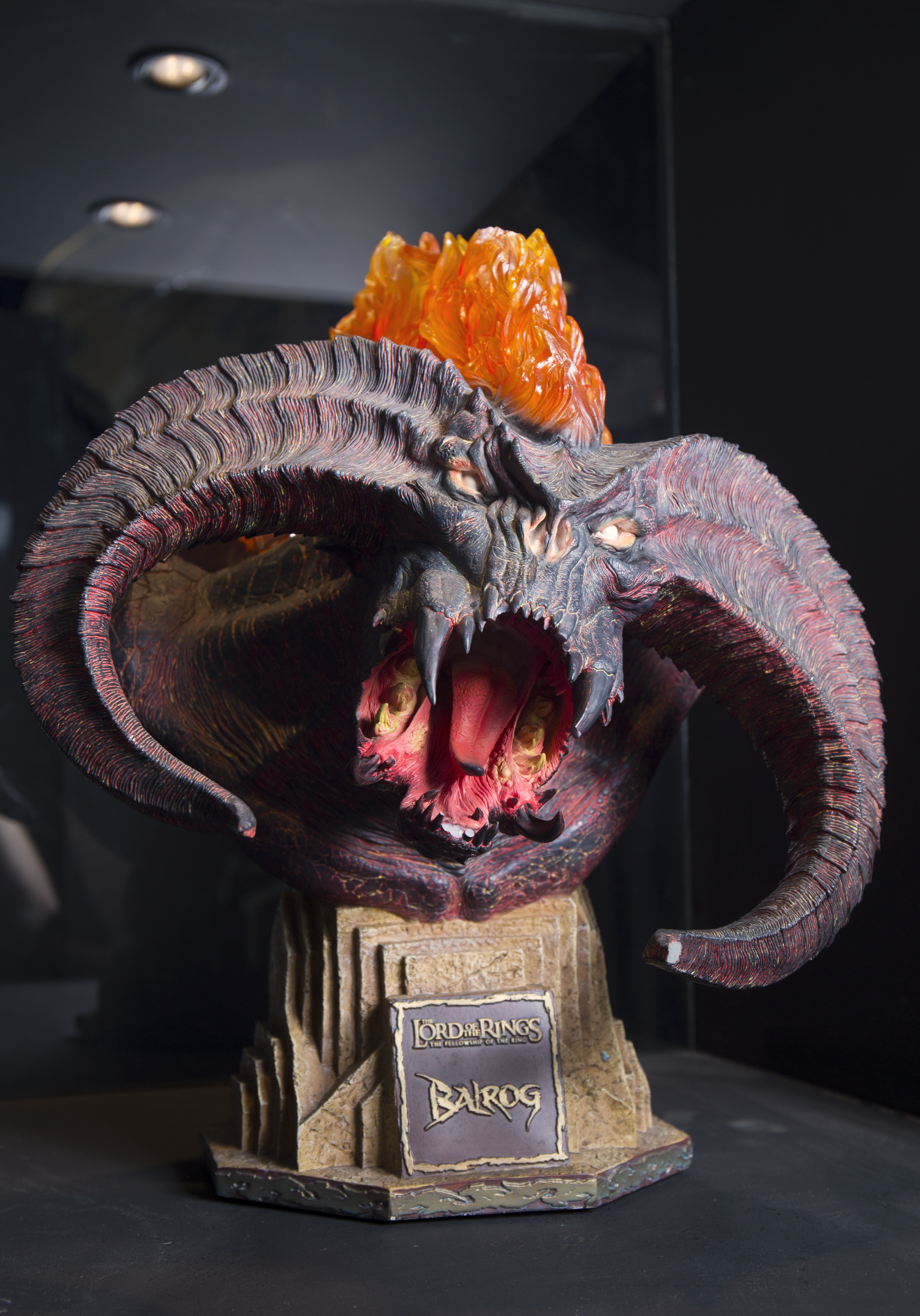
Click here to view image
Balrog
Statue
The Balrogs are creatures of Arda, a fictional fantasy universe created by the writer J.R.R. Tolkien. They are Maiar seduced by Morgoth, The Evil Principle, the first Dark Lord of Middle-Earth. Such as Sauron, they were the most powerful servants of Middle-Earth. In Sindarin, Balrog means literally “demon of might”, while in Quenya they are called Valaraukar, with the same meaning. They appeared in “Lord of the Rings”.




Headquarters:
Municipality of Genoa - Palazzo Tursi
Via Garibaldi 9 - 16124 Genoa
C.F / VAT 00856920102